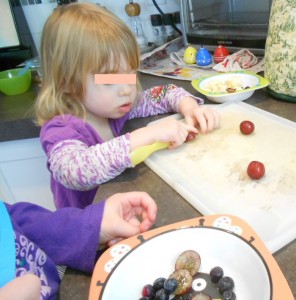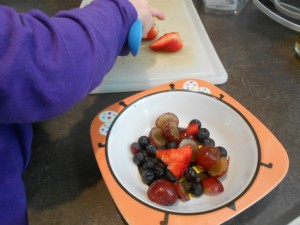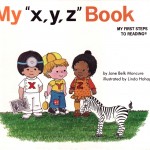Series Part #17: Self-Confidence Important for Kids Starting Kindergarten
Not just for kindergarten, but for anything and anyone, it’s much easier to start with an “I can do it!” attitude. Since children are not born with this confidence already locked in place, it needs to be part of the nurturing of parents and caregivers to help kids get ready for kindergarten. How can we encourage the development of a positive attitude and confident outlook?
 The psychiatrist and author Rudolf Dreikurs wrote in 1971 that, “The most important skill for raising a child…is the ability to encourage that child.” We need to base that encouragement on children’s effort rather than on their achievement. Do you remember your child first trying to walk? Like parents everywhere, you smiled, held out your arms, and made faces and gestures that invited your child to try. There was celebration and delight even if the baby wasn’t successful that time. Unfortunately, after a few years, we seem to replace that encouragement for trying and only reward achievement. All too soon, children–and adults–only feel a sense of accomplishment when something is ‘done right.’
The psychiatrist and author Rudolf Dreikurs wrote in 1971 that, “The most important skill for raising a child…is the ability to encourage that child.” We need to base that encouragement on children’s effort rather than on their achievement. Do you remember your child first trying to walk? Like parents everywhere, you smiled, held out your arms, and made faces and gestures that invited your child to try. There was celebration and delight even if the baby wasn’t successful that time. Unfortunately, after a few years, we seem to replace that encouragement for trying and only reward achievement. All too soon, children–and adults–only feel a sense of accomplishment when something is ‘done right.’
Encouraging children for their attempts, can be tricky. If a child is doing a puzzle, instead of saying “I can hardly wait to see the picture when it’s all done,” or worse, “That’s not where that piece goes, check out the picture,” we could acknowledge the attempt with, “You are putting that piece in lots of places to see if that’s where it fits.” Then, a question such as “Does the picture have any clues?” can direct a child’s attention to another strategy. The effort is encouraged rather than the result.
Having a positive attitude to learning, with confidence and eagerness to try, is important for anyone. Considering how much there is to learn, this can give children a powerful foundation and advantage. How does your child feel about learning?



